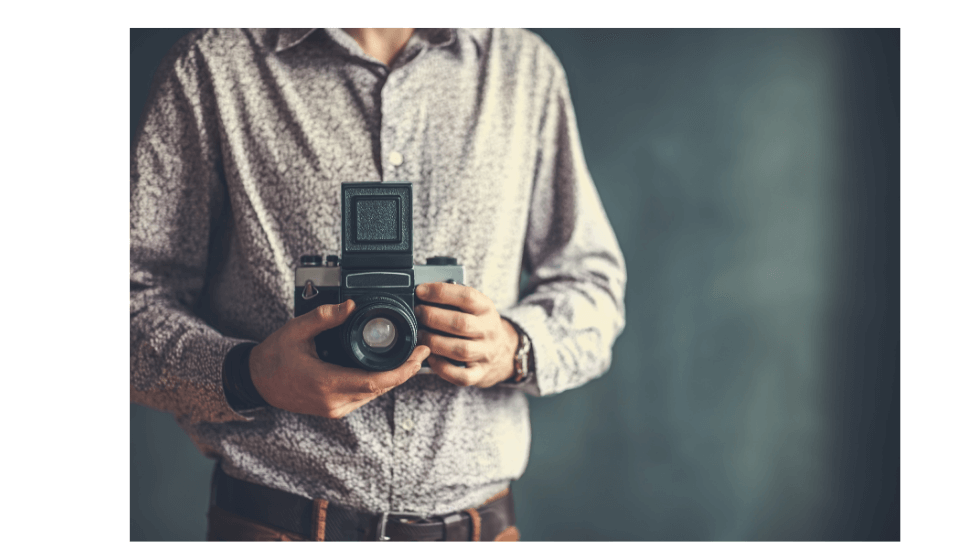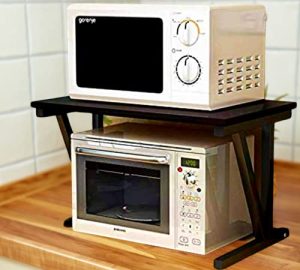Contents
In the digital age, where high-resolution sensors and instant image previews dominate the landscape of photography, the resurgence of interest in medium format film cameras is a testament to the enduring charm of analog photography. These cameras, known for their larger film size and superior image quality, offer a unique experience that digital cameras often cannot replicate.
History of Medium Format Film Cameras
The history of medium format film cameras is rich and varied, tracing back to the early days of photography. The term “medium format” refers to film formats that are larger than 35mm but smaller than large format, typically using 120 or 220 roll film.
- Early Beginnings:
- 1901: The introduction of the Kodak Brownie camera made photography accessible to the masses, using 120 film which became the standard for medium format cameras.
- 1920s-1930s: The development of cameras like the Rolleiflex TLR (twin-lens reflex) and the Hasselblad 1600F began to establish medium format as a professional standard.
- Golden Era:
- 1950s-1980s: This period saw the rise of iconic medium format cameras. The Hasselblad 500 series, Mamiya RB67, and Pentax 6×7 became industry standards for studio, fashion, and landscape photography. These cameras were prized for their exceptional image quality and versatility.
- Space Exploration: Hasselblad cameras were famously used during the Apollo missions, capturing some of the most iconic images in human history.
- Digital Revolution:
- 1990s-Present: The advent of digital photography led to a decline in film camera production. However, medium format digital cameras began to emerge, offering a digital alternative with similarly large sensors. Despite this, film maintained a loyal following, particularly among artists and purists.
Technical Aspects of Medium Format Film Cameras
Medium format film cameras are characterized by their use of larger film sizes, which offer distinct advantages over smaller formats.
- Film Sizes:
- 6×4.5 cm: Often referred to as 645, this format offers a good balance between image size and the number of exposures per roll.
- 6×6 cm: This square format is synonymous with cameras like the Hasselblad 500 series and Rolleiflex TLRs.
- 6×7 cm: Known for its excellent detail and larger negative size, making it ideal for enlargements. The Pentax 67 and Mamiya RB67 are notable examples.
- Other Formats: Variants like 6×9 cm and panoramic formats (e.g., 6×12 cm, 6×17 cm) are also available, each offering unique compositional possibilities.
- Camera Types:
- SLR (Single-Lens Reflex): These cameras, such as the Pentax 67 and Mamiya 645, use a mirror and prism system to provide a view through the taking lens, offering precise framing and focusing.
- TLR (Twin-Lens Reflex): Cameras like the Rolleiflex use separate lenses for viewing and taking the photo, providing a unique shooting experience with a waist-level finder.
- Rangefinder: Cameras like the Mamiya 6 and 7 offer a quieter, more compact design without the mirror mechanism, preferred for street and travel photography.
- Modular Systems: Cameras such as the Hasselblad 500 series are highly customizable, allowing photographers to swap lenses, viewfinders, and film backs.
- Image Quality:
- Larger Negatives: The larger film area captures more detail and tonal range, resulting in superior image quality compared to 35mm film.
- Depth of Field: Medium format cameras offer a shallower depth of field, which can be used creatively to isolate subjects and create a three-dimensional effect.
- Dynamic Range: The larger film size provides a broader dynamic range, capturing more detail in shadows and highlights.
Check Medium Format Film Cameras Prices
Advantages of Medium Format Film Cameras
- Superior Image Quality:
- The larger film size allows for higher resolution and finer detail, making medium format ideal for large prints and high-end commercial work.
- Distinctive Aesthetic:
- The look of medium format film is unique, with a smooth gradation of tones and a depth that digital cameras often struggle to replicate. The grain structure of film also adds a tangible quality to images.
- Creative Control:
- The manual controls and slower shooting process encourage photographers to be more deliberate and thoughtful in their approach, often resulting in more considered and compelling images.
- Versatility:
- Medium format cameras are used in various genres, including portrait, landscape, fashion, and fine art photography. Their flexibility and range of lenses and accessories make them adaptable to different shooting styles and conditions.
- Longevity and Durability:
- Many medium format film cameras are built to last, with robust mechanical designs that can endure decades of use. This longevity contrasts with the rapid obsolescence of digital technology.
Challenges and Considerations
While medium format film cameras offer numerous benefits, they also come with challenges that photographers must consider.
- Cost:
- Medium format cameras and lenses can be expensive, both to purchase and maintain. Additionally, the cost of film and processing adds up over time.
- Size and Weight:
- These cameras are typically larger and heavier than their 35mm counterparts, which can make them less convenient for travel and handheld shooting.
- Limited Availability of Film and Processing:
- With the decline in film production, it can be challenging to find film stocks and professional processing services. However, a growing number of labs and online services cater to film photographers.
- Learning Curve:
- Medium format cameras often require more manual control and understanding of photographic principles, which can be daunting for beginners.
The Revival of Medium Format Film Photography
Despite the dominance of digital photography, medium format film has experienced a revival, driven by various factors.
- Nostalgia and Aesthetics:
- Many photographers are drawn to the nostalgic feel and distinctive look of film. The tactile process of shooting, developing, and printing film offers a rewarding experience that digital photography cannot replicate.
- Educational Value:
- Learning to shoot on film teaches valuable photographic skills, such as understanding exposure, composition, and the importance of light. This foundational knowledge can enhance one’s digital photography skills as well.
- Artist Communities:
- Online communities and social media platforms have fostered a resurgence in film photography. Photographers share their work, tips, and experiences, creating a supportive network for enthusiasts.
- Commercial Demand:
- Some commercial photographers and clients prefer the aesthetic qualities of film for high-end projects, fashion shoots, and advertising campaigns. The unique look of medium format film can set work apart in a saturated digital market.
Tips for Shooting with Medium Format Film Cameras
- Understand Your Camera:
- Take time to familiarize yourself with your camera’s features and controls. Practice loading film, adjusting settings, and composing shots.
- Metering and Exposure:
- Accurate metering is crucial for getting the best results from film. Use a handheld light meter or the camera’s built-in meter if available. Understand the characteristics of your chosen film stock and how it handles exposure.
- Take Your Time:
- Medium format photography encourages a slower, more deliberate approach. Compose your shots carefully, paying attention to framing, focus, and lighting.
- Experiment with Film Stocks:
- Different film stocks offer various looks and characteristics. Experiment with black-and-white, color negative, and slide films to find the ones that suit your style and vision.
- Maintain Your Equipment:
- Regularly clean and maintain your camera and lenses to ensure they remain in good working condition. Mechanical cameras, in particular, benefit from occasional servicing.
Conclusion
Medium format film cameras hold a special place in the world of photography, offering unparalleled image quality, a distinctive aesthetic, and a rewarding shooting experience. Despite the challenges and costs associated with film photography, the enduring appeal of medium format lies in its ability to produce images with exceptional detail, depth, and character. Whether for professional use or personal enjoyment, medium format film cameras continue to captivate photographers, bridging the gap between the rich traditions of the past and the creative possibilities of the future. As the analog renaissance continues, these cameras will remain a beloved tool for capturing the world in all its nuanced beauty.










